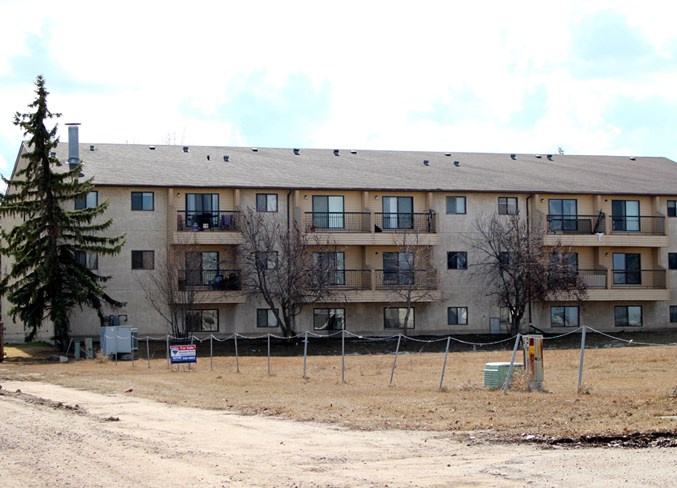Multi-family residences could be seeing changes to their assessments in 2020, after the Town of Bonnyville voted in favour of creating a subclass.
Although it’s too late to meet this year’s deadline, the opportunity will be brought back to the table during 2020 budget deliberations.
”The timeframe for passing such a bylaw is Feb. 28 in the tax year that it’s to take effect,” explained director of finance Renee Stoyles. “Administration will prepare and present the bylaw in the fall of 2019 to become effective for the 2020 tax year if this is the direction council wants to take.”
Multi-family residences are a classification of housing where separate units for residents are contained to one building or several within a complex, such as apartment buildings or condominiums.
During council’s regular meeting on April 9, Stoyles noted the rationale behind creating the subclass is due to assessments changing as the economy fluctuates. They believe the creation of the subclass should lessen these differences for those with multi-family residences.
”For 2019, the decrease in tax dollars will be collected from multi-families that’s suppose to be covered by the remainder of residential class one assessments; that would be $19,151,” she said. “The bylaw for the creation of a residential subclass have been passed, the tax rate for this class would be implemented to collect the same amount of tax dollars that these properties had collected in 2018.”
CAO Mark Power is a firm believer in taking advantage of subclasses.
”Whether we have a different mill rate or not, that’s entirely up to council at the time you pass the mill rate bylaw... If you don’t do it, then next year we can’t do it either and we don’t know what the assessments are going to do,’” he said.
He used the example of a neighbouring municipality where they do have a multi-family subclass in place, and the residential mill rates for the subclass have been higher and lower than their current residential one.
”In 2018, it was higher and that just reflects the fact that the market value assessment based on revenue is, in the case of multi-family residential, a huge issue with municipalities, because they get the benefit of the residential mill rate and not the commercial mill rate, yet they run these things and get assessed on them as if they were a business,” he detailed.
Stoyles added, “The multi-family tax rate would go down to cut the same amount of tax dollars, and the residential tax rate would have to go up to compensate the amount of tax dollars.”
Coun. Elisa Brosseau believes the bylaw could be a good thing for the town, adding it isn’t implemented until council has the chance to discuss the topic further in the fall.
If created, the bylaw will be added to the assessment made every year on the properties in town that are presented to council.



